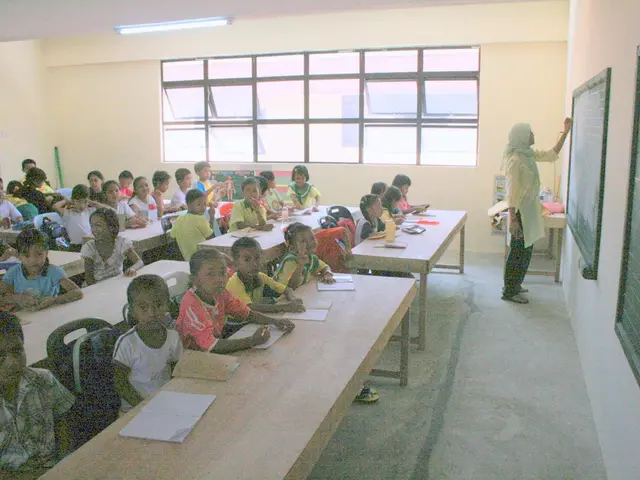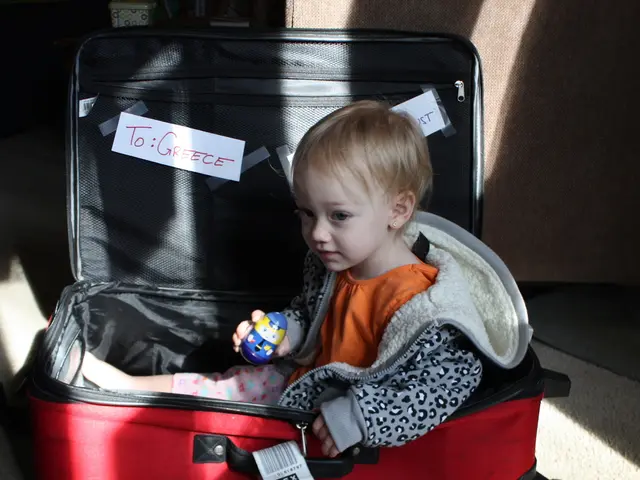Swallows migrating towards the Korean Demilitarized Zone (DMZ)
In the estuary of the Han River, a neutral zone established by the Armistice Agreement of Korea, lies a unique cultural connection that spans generations. This area, once a hub for international trade and a stronghold against foreign powers, is now home to a community of Korean refugees and their descendants, known as sirhyangmin, and the common swallow or barn swallow, or jebi.
For many sirhyangmin, the jebi holds a symbolic and nostalgic significance. The bird's annual migration from warmer climates to the estuaries of Ganghwa County, where they return when the weather warms up, mirrors the sirhyangmin's longing for return to their ancestral homes. The jebi, with its hopeful return, embodies the idea of renewal and serves as a beacon of hope for these refugees and their descendants.
The history of this area is deeply rooted in the Korean War. Communities on the north and south banks of the estuary became enemies overnight, and even members of the same families faced off against each other. However, as the Cold War thawed in the final decades of the 20th century, conflicts evolved into a peaceful coexistence. Today, the area is sparsely populated, with an aging population that relies heavily on agriculture.
One of the most significant figures in this community is Kim Young-ae, a 70-year-old second-generation sirhyangmin. Kim, an academic, diplomat, and community organizer, met the author at a pro-democracy demonstration in Seoul. Kim's family resettled in Ganghwa County, where many northerners, including Kim's family, moved after the division.
The area served as a battleground for some of the bloodiest civilian massacres and acts of internal violence during the Korean War. Yet, despite the hardships, the community has managed to build a strong bond with the jebi. Residents of Ganghwa have built nests for the birds, fostering an environment where these birds can thrive. This communal effort reflects the shared cultural heritage and emotional connection between the sirhyangmin and these birds.
Anthropological research conducted in Ganghwa County reveals that for third-generation sirhyangmin, the jebi represents a tangible link to their ancestors and a symbol of their historical displacement. This connection helps reinforce their identity and sense of belonging within their communities. The jebi's annual return to Ganghwa acts as a reassurance of continuity and hope for a future where movement between the North and South might be more free, reflecting broader cultural aspirations for peace and reunification.
The author, a Korean-American researcher interested in the Demilitarized Zone (DMZ) and anti-war movements in Korea, has been conducting research and interviews in various places and towns along the border for several years. The author's uncle took the author to the estuary during a family road trip, where the uncle expressed difficulty remembering how close they were to Hwanghae, a province across the border. The estuary of the Han River, once the lifeblood of the Korean Peninsula, allowing for the flourishing of agriculture and wildlife, now stands as a testament to the resilience and hope of the sirhyangmin community.
References: [1] Anthropological research conducted by the author.
In the context of education and self-development, Kim Young-ae, a 70-year-old second-generation sirhyangmin, is an academic and community organizer, demonstrating the importance of personal growth and learning for the community members. The annual migration of the common swallow, or jebi, serves as a constant reminder of their shared history and cultural heritage, fostering an ongoing process of learning about their ancestry and their displacement across generations.




